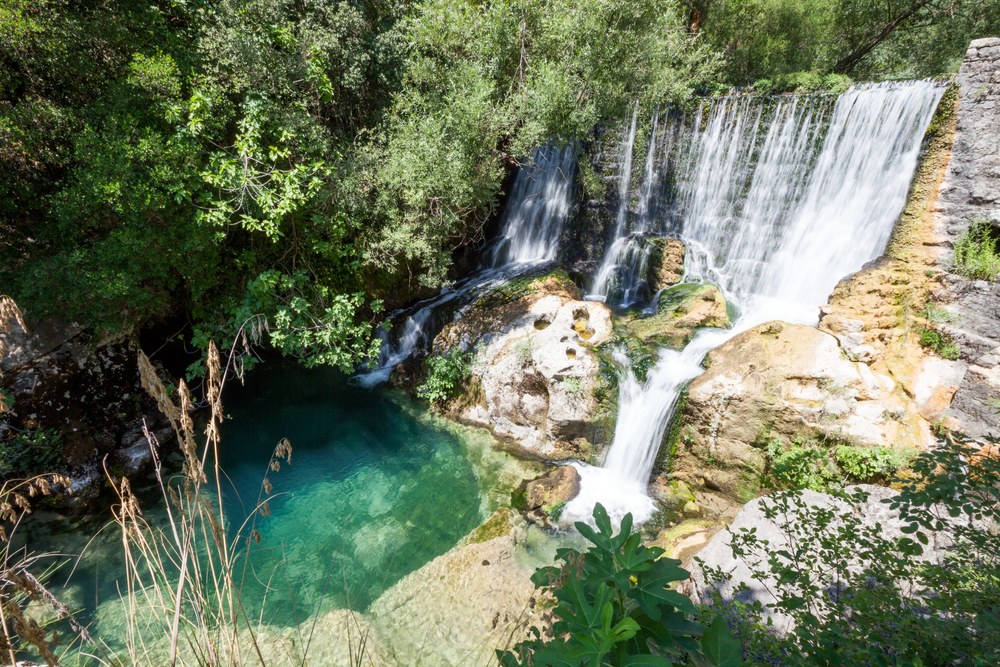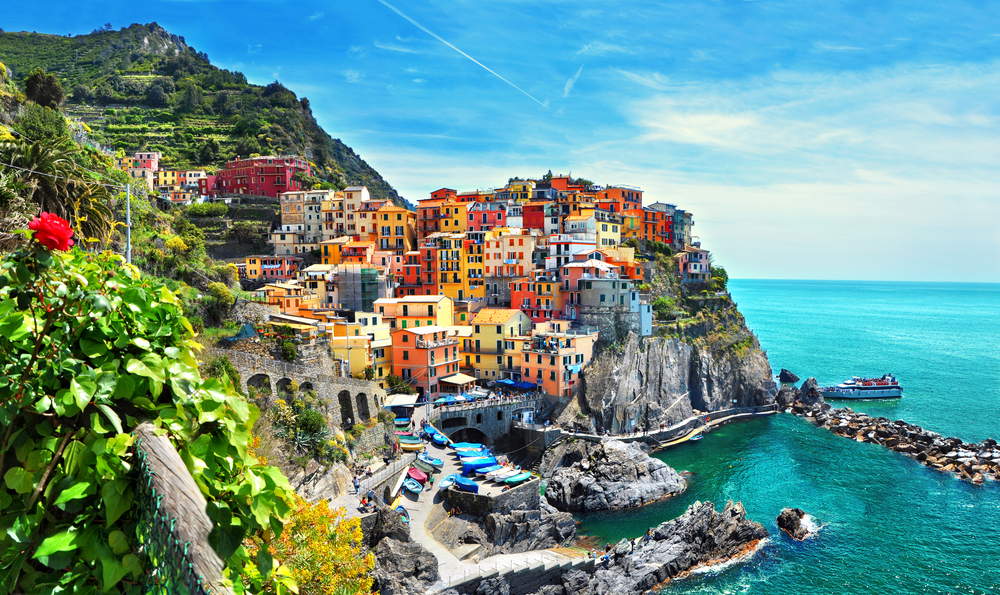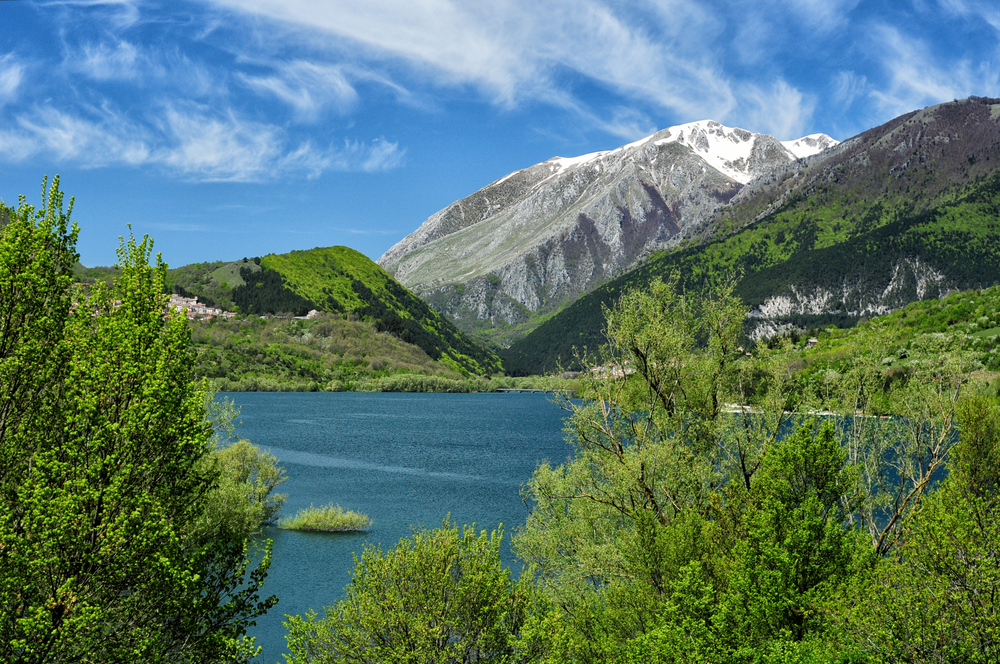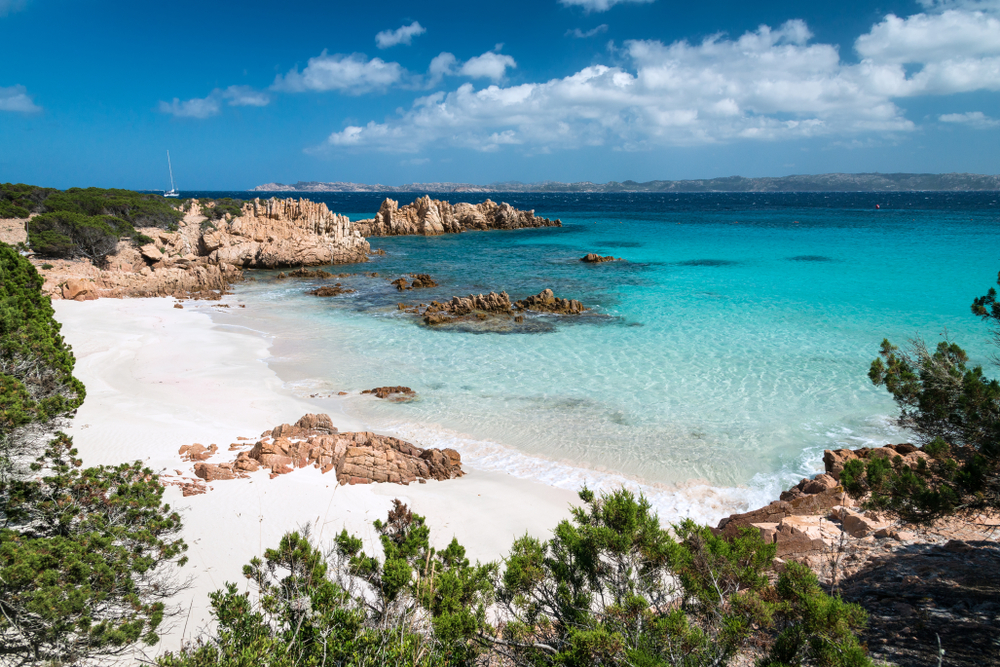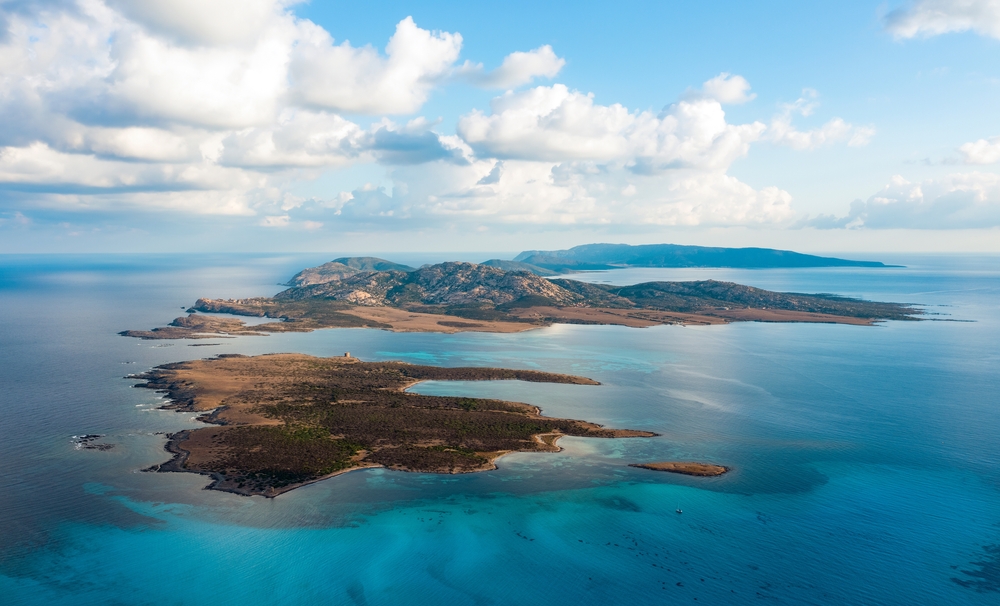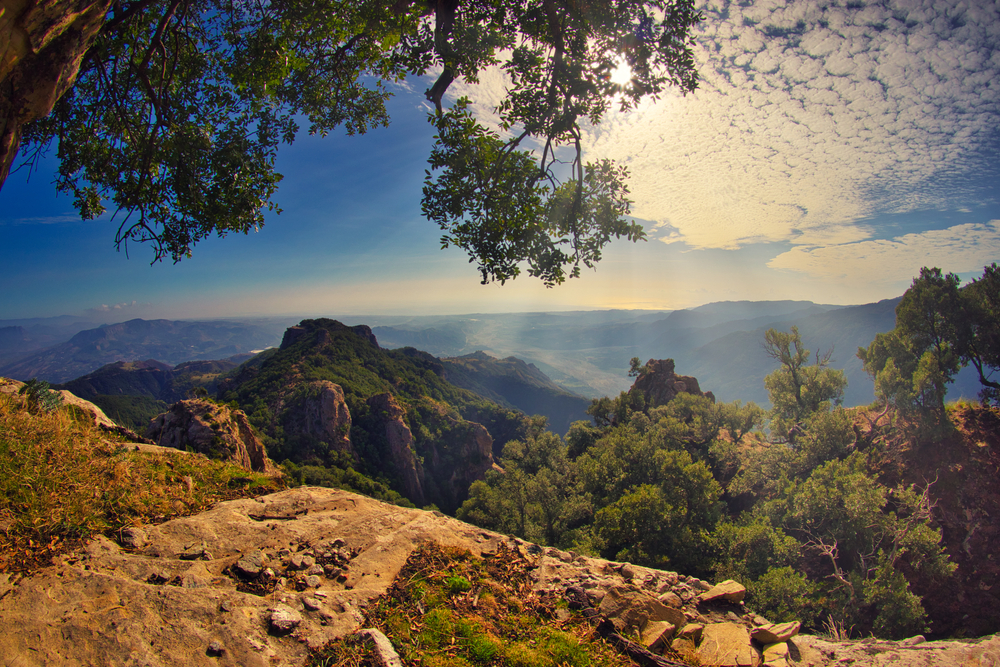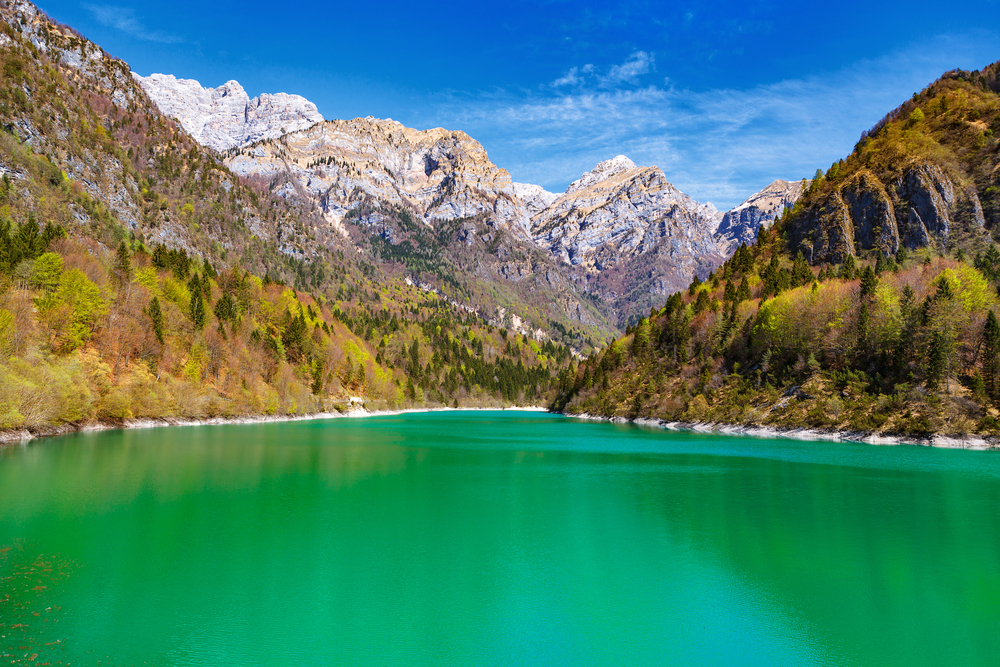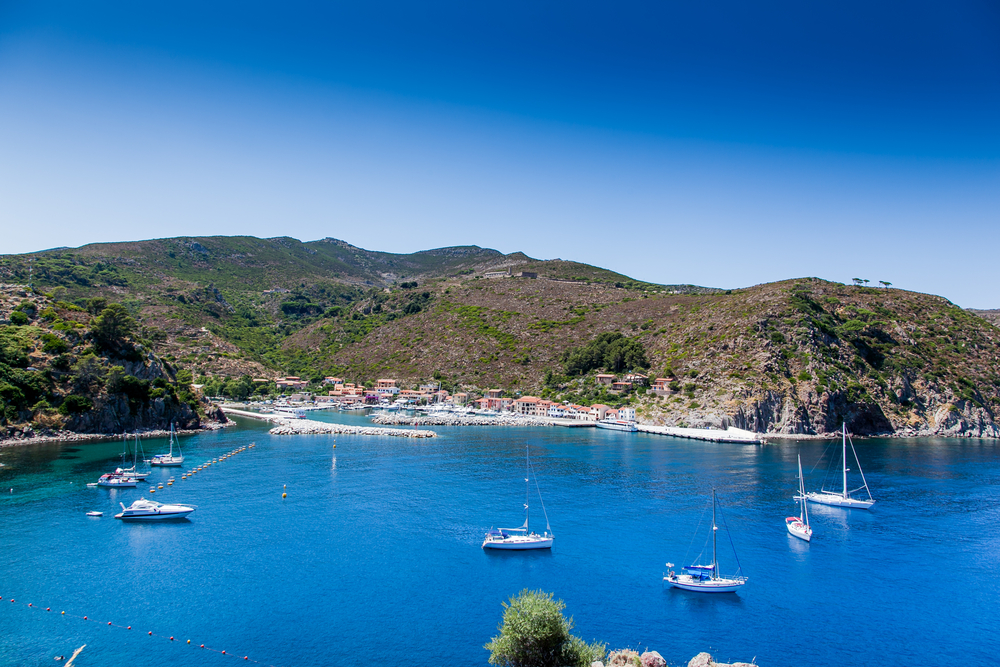Cilento, Vallo di Diano and Alburni Overview
Cilento, Vallo di Diano and Alburni National Park, known in Italian as Parco Nazionale del Cilento, Vallo di Diano e Alburni, is a vast protected area in the Campania region of southern Italy.
Covering approximately 703 square miles (1,819 square kilometers), it is the second-largest national park in Italy and was designated a UNESCO World Heritage Site due to its rich cultural and natural heritage.
The park extends from the Tyrrhenian coast, featuring picturesque seaside cliffs and hidden coves, to the rugged, forested mountains of the Alburni, Cervati, and Gelbison ranges. The landscape is characterized by limestone formations, deep gorges, underground caves, and rivers such as the Calore and Bussento, which have carved dramatic canyons over millennia.
The terrain is incredibly diverse, with lush Mediterranean vegetation dominating the lower elevations, including holm oaks, Aleppo pines, and olive groves, while higher altitudes are covered in beech and chestnut forests.
The park is also known for its karstic caves, including the famous Pertosa-Auletta Grottoes, a network of underground caverns featuring a subterranean river. Coastal areas showcase stunning cliffs and sea caves, including the Blue Grotto of Palinuro, which glows with an otherworldly blue light.
Wildlife is abundant within the park, with a variety of species adapted to the different ecosystems. The rugged mountains and dense forests are home to Apennine wolves, wild boars, and European badgers, while smaller mammals such as foxes, weasels, and dormice are also common.
Birdlife is especially rich, with golden eagles, peregrine falcons, and honey buzzards soaring over the cliffs and mountains. The park is an important habitat for the Eurasian eagle-owl, one of the largest owl species in the world. The rivers and wetlands host amphibians like the fire salamander, and endemic reptiles such as the Italian wall lizard can often be spotted among the rocky outcrops.
Among the park’s most popular features are its ancient archaeological sites, including the ruins of Paestum, an ancient Greek city famous for its well-preserved Doric temples. The Certosa di Padula, a grand Carthusian monastery and UNESCO-listed site, is another highlight, showcasing Baroque architecture and historical significance.
Traditional villages such as Castellabate and Roscigno Vecchia offer glimpses into the region’s past, with medieval streets and stone houses frozen in time.
Visitors can explore the park through various activities that immerse them in its natural beauty. Hiking and trekking are among the most popular ways to experience the mountainous terrain, with trails leading to scenic viewpoints such as Monte Cervati, the highest peak in the park at 6,283 feet (1,915 meters).
Cave exploration is another fascinating experience, particularly at the Castelcivita Caves, where underground chambers showcase impressive stalactites and stalagmites. The coastline offers excellent opportunities for boating, snorkeling, and diving, especially around Capo Palinuro, known for its marine biodiversity and underwater caves. Cycling, horseback riding, and wildlife watching are also common ways to engage with the park’s landscapes.
Despite its natural splendor, the park faces conservation challenges, including illegal hunting, deforestation, and human encroachment. Efforts have been made to protect endangered species, particularly the Apennine wolf, through habitat preservation and monitoring programs.
Sustainable tourism initiatives have also been developed to balance visitor impact with environmental protection. The park’s management continues to work on controlling illegal activities and promoting awareness of its unique biodiversity.








































































